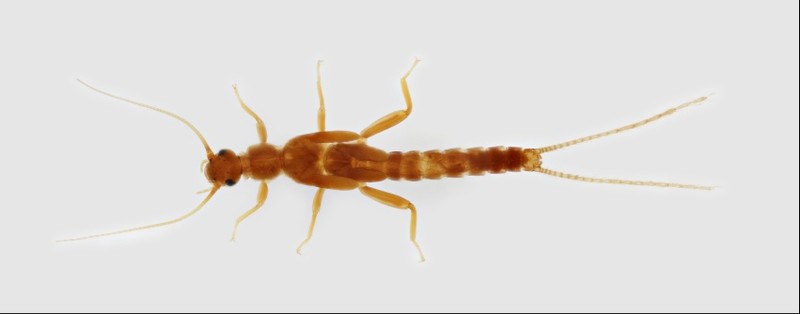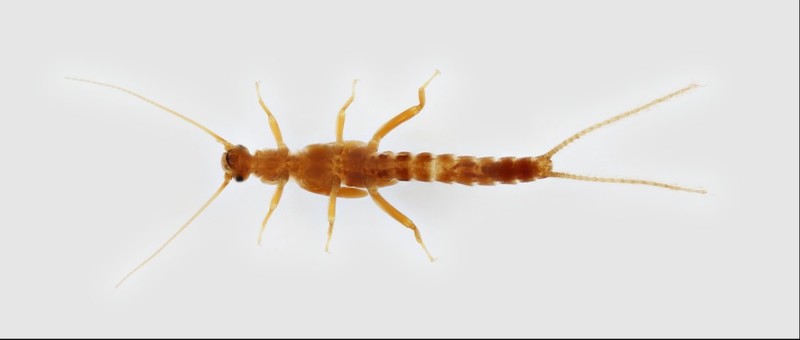order
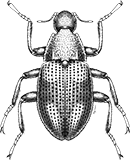
Coleoptera
“Adult Beetles”

Coleoptera
“Larval Beetles”

Diptera
“True Flies”

Ephemeroptera
“Mayflies”
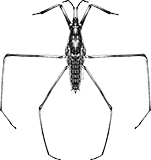
Hemiptera
“True Bugs”

Lepidoptera
“Aquatic Caterpillars, Snout Moths”

Megaloptera
“Alderflies, Dobsonflies, and Fishflies”
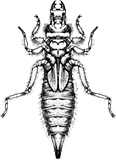
Odonata
“Dragonflies and Damselflies”
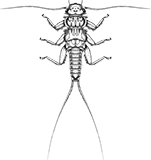
Plecoptera
“Stoneflies”
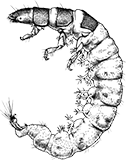
Trichoptera
“Caddisflies”
family
Leuctridae
“Rolled-winged Stoneflies”
Family Overview
Leuctridae


Rolled-winged Stoneflies
This family of small stoneflies includes 6 genera with over 40 species in North America. Although the family is relatively widespread, the species tend to have very localized distributions. Larvae prefer fast, rocky-bottomed riffles and streams. Larvae are long and slender, allowing them to slither through leaf packs. They are shredding detritivores, eating decaying leaves in the water; however, most of the nutrients they receive from this meal come from the periphyton growing on the leaves and not the leaves themselves. The adults have wings that appear to roll around the body, giving them the common name Rolled-Winged Stoneflies. Also known as needleflies and willowflies.
Characteristics
POLLUTION TOLERANCE
Mid-Atlantic: up to 0
Southeast: up to 0.7
0 = least tolerant, 10 = most tolerant
FEEDING HABITS
Shredder / Detritivore
MOVEMENT
Clinger
Sprawler
Sprawler
Diagnostic Characters
order
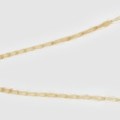
Two Tails
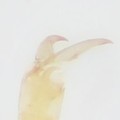
Two Tarsal Claws
family
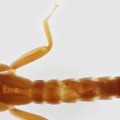
Hind Legs Don't Reach
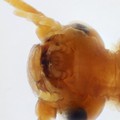
Large Postmentum
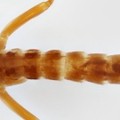
Membranous Pleural Fold
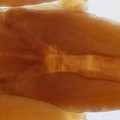
Parallel Hind Wing Pads
+ Expanded Character List
Order:
Wings developing in wing pads. Mouthparts suitable for chewing. Gills digitiform and located near mouthparts, on neck, sides of thorax, or underside of base of abdomen, never on top or sides of abdomen. Two tarsal claws per leg. Only two tails (cerci).
Family:
Body long and slender, abdomen roughly cylindrical. Paraglossae and glossae about same length, suitable for shredding. Postmentum large, covering bases of maxillae. Hind wing pads more or less parallel with body axis, and typically longer than wide. First tarsal segment of each leg much longer than second. When extended, hind legs not reaching end of abdomen. Membranous pleural folds occur on no more than abdominal segments 1–7.
Dorsal
Ventral




